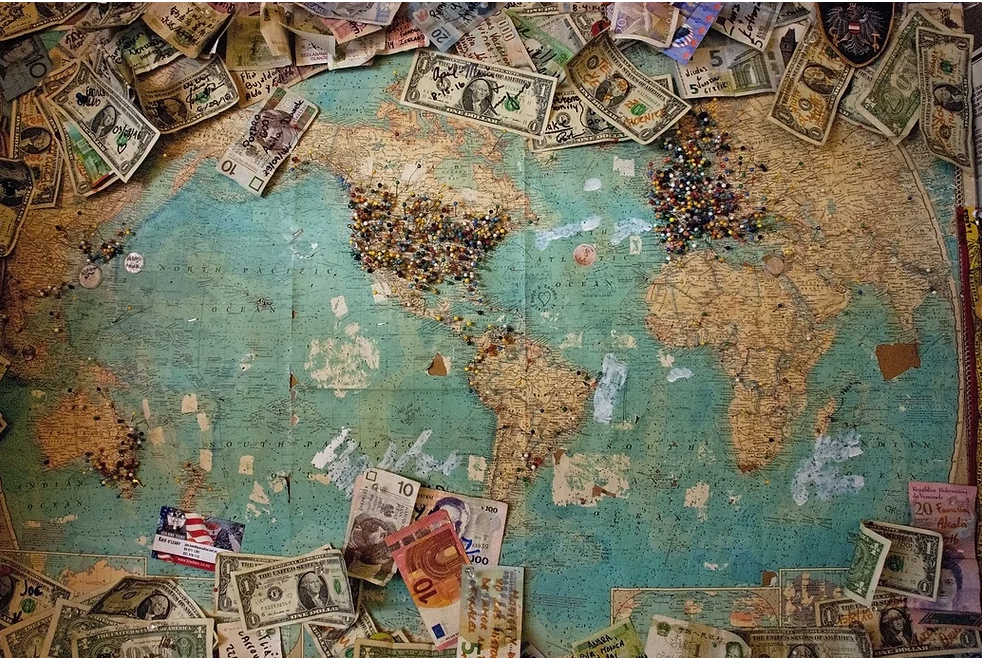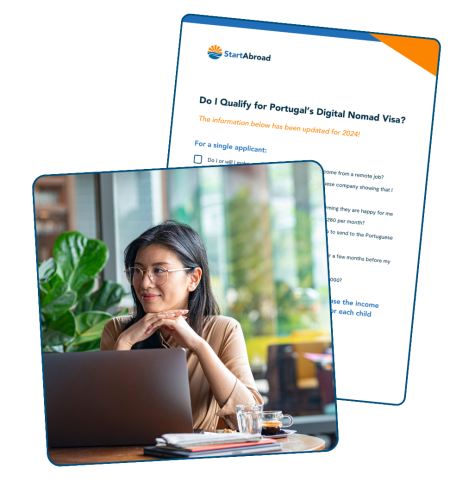
Note: This blog is our personal view on the best service providers for expats. We make no money on referring customers to these services.
I’ve lived outside of the U.S. as an American expat for nine years now, but I have never opened a foreign bank account. As you might imagine, that means I have to figure out how to transfer money from the U.S. to myself and to plenty of other people (landlords, employees, people selling me cars) a LOT.
All these transfers can rack up huge fees unless you have a plan. Here’s what I’ve learned over the past nine years abroad in how to make transfers (relatively) headache-free and affordable.
#1. Why not just open a foreign bank account? Wouldn’t that be easier?
Actually, it’s often more complicated.
Sometimes you have to open a foreign bank account – if, for example, you are employed by a company in your new country that will only pay your salary to a local account. Or maybe it’s a condition of your residency status. But if you don’t need to open that account, I wouldn’t.
Why?
The hassle – You need to be aware of FBAR and FATCA. These are two separate filings that you must make to the U.S. government if you have foreign accounts or assets worth more than $10,000 (FBAR) or $200,000+ (FATCA). Note: amounts vary depending on your residency and tax filing status. Non-compliance fees are steep, and FATCA filings can be quite complex.
The security – Personally, I like the feeling of security and safety of banking in the United States. I like holding my money mostly in dollars and I like FDIC insurance.
So let’s say you’ve decided you’re not going to put all your money into a foreign account. How do you get your money in the U.S. to another country?
#2. How I get money day-to-day while abroad
For day-to-day expenses, you really just need two things:
A debit card with no international ATM fees
A credit card with no foreign transaction fees
There are tons of resources out there on the best credit cards for frequent travelers and expats (for example, here).
In terms of debit cards and checking accounts, I’d recommend two companies in particular. I currently use Fidelity and I plan to switch over to Charles Schwab as soon as I have utility bills proving my new residence in Costa Rica.
Charles Schwab High Yield Investor Checking Account: no foreign transaction fees, you are reimbursed for all ATM fees, daily ATM withdrawal limit of $1000. FDIC insured. No fees or account minimums. 0.03% APY. Charges for insufficient funds.
Fidelity Cash Management Account: 1% foreign transaction fee, you are reimbursed for all ATM fees, daily ATM withdrawal limit of $500. FDIC insured. No fees or account minimums. 0.01% APY. No charges for insufficient funds.
Note: For both of these accounts, you will need to open an associated brokerage account. There shouldn’t be any fees for the brokerage account, but you should confirm with your Charles Schwab or Fidelity representative.
These accounts are the best available when it comes to using an American ATM card abroad. All foreign transaction and ATM fees are refunded to your account. You also earn some interest on the money you keep in your checking account.
If you want to use the corresponding brokerage accounts to manage your investments, be aware – there are some limitations on expats when it comes to buying and trading mutual funds (regardless of country) and exchange traded funds (depending on your country of residence). For these reasons, you may need to open your account while in the U.S.
#3. How to make large transfers
If you are trying to make a large purchase, you’re going to need more than just a debit and a credit card.
The most important thing to know is that you should generally avoid transferring directly from your U.S. bank. A traditional bank in the U.S. will charge 3% per foreign transaction. In addition, you’re likely to be charged a margin on top of the daily currency exchange rate. This can be up to 5% at major banks. This is all before the fees on the receiving bank’s side — many banks charge something in the range of $15–30 to receive transfers in another currency.
Luckily, there are plenty of alternative money transfer services.
Which services can you use to transfer your money to another country?
We use Wise and RegencyFX for most transfers due to their low fees and transparency. If we were looking to transfer a particularly large amount, RegencyFX is what we typically use, whereas Wise works well for smaller transfers.
- RegencyFX is one of the fastest-growing, privately owned currency exchange companies in the world. Regardless of whether you are transferring funds to family or friends, making a payment abroad, scheduling a regular transaction, or buying a house, Regency FX is a simple, easy way to guarantee one of the best exchange rates on the market. RegencyFX assigns a dedicated account manager to each client, so it is a great option if you are looking for hands on, tailored support.
Wise charges a low fee (usually under 1%) on most transfers and uses the real-market exchange rate. You can look up Wise fees and compare them to other providers at www.wise.com/us/compare. The app and website are pretty straightforward and user-friendly. Just take note that it will normally take between 3-7 business days for the money to arrive into the recipient account.
OFX charges no fees, but uses their own ‘retail’ exchange rates, which are typically worse than the standard mid-market exchange rate. You can look up OFX’s current exchange rates at https://www.ofx.com/en-us/transfer-rates/. While we haven’t used OFX personally yet, we’ve heard they’re especially good if you want to talk to someone on the phone (24/7 customer support) and can offer better exchange rates if you become a member.
Other services we’ve used: We’ve used WorldRemit pretty extensively because of its convenience and speed in transferring money directly from a U.S. bank to a mobile money account. But that convenience comes with some significant fees. I wouldn’t recommend it unless you are transferring a relatively small amount and need it fast. Similarly, PayPal may be an easy choice if you already have an account, but the PayPal exchange rates definitely aren’t the best for a larger transfer.
Over my 5+ moves abroad, I’ve wished there was someone who could take a lot of the leg work – not only with money transfers, but with everything that comes with an international move! – off of my plate. I co-founded StartAbroad to help Americans with exactly these types of questions and concerns. We’d love to learn more about your move, and see if there’s anything we can do to help out. Feel free to reach out directly by emailing [email protected].
StartAbroad is here to help
Get a free consultation with international move experts at StartAbroad to discuss your situation and learn what’s right for you. StartAbroad provides a comprehensive suite of services to make your move abroad as easy and painless as possible. StartAbroad’s international moving experts have over 20+ years of experience living abroad and helping others get settled. Get a free consultation at www.startabroad.com to discuss your situation and learn what’s right for you. Ask us about our holistic concierge package, and our medical, visa, and tax solutions!
How to Move Abroad
Join Our Mailing List
Receive monthly newsletters, special offers, insider information, and more.
Copyright 2022, StartAbroad LLC, all rights reserved
Get the Portugal Digital Nomad Visa Cheatsheet













